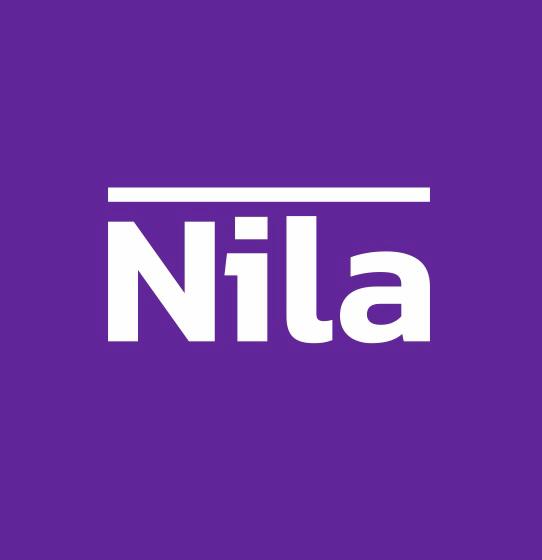Decentralized Finance, or DeFi, has been gaining significant traction in the world of finance and investment in recent years. DeFi refers to a set of financial services and applications that are built on blockchain technology, allowing for peer-to-peer financial transactions without the need for traditional financial intermediaries. This emerging field presents new and exciting opportunities for investors looking to diversify their portfolios and explore alternative investment strategies.
One of the key features of DeFi is its decentralized nature, which removes the need for trust in a central authority. This means that users can transact directly with each other using smart contracts, which are self-executing contracts with the terms directly written into code. Smart contracts eliminate the need for intermediaries such as banks or brokers, reducing costs and increasing transparency in financial transactions.
Another appealing aspect of DeFi is its permissionless nature, which allows anyone with an internet connection to access these financial services. This opens up investment opportunities to a wider range of individuals who may have been excluded from traditional financial markets due to barriers such as geographical location or lack of access to banking services.
One of the most popular investment opportunities in DeFi is decentralized lending and borrowing. Platforms such as Compound and Aave allow users to lend out their crypto assets and earn interest on them, or borrow assets by collateralizing their own tokens. This opens up new ways for investors to maximize their returns on their assets, as well as access liquidity when needed.
Another promising area of DeFi investment is decentralized exchanges, which allow users to trade cryptocurrencies directly with each other without the need for a central exchange. Platforms like Uniswap and SushiSwap utilize automated market makers to facilitate these trades, providing liquidity to users while also earning fees for providing their assets to the platform.
Staking is another popular investment strategy in DeFi, where users lock up their tokens in a smart contract in order to support the network and earn rewards in return. Staking allows users to earn passive income on their assets, while also contributing to the security and stability of the network.
Yield farming is a more advanced DeFi investment strategy that involves providing liquidity to multiple platforms in order to maximize returns. By strategically moving assets between different platforms, investors can earn high yields on their investments, although this strategy also comes with higher risks due to the volatility of the DeFi market.
While DeFi presents new and exciting investment opportunities, it also comes with its own set of risks and challenges. Security is a major concern in the DeFi space, as smart contracts can be vulnerable to hacks and exploits. Investors must conduct thorough research and due diligence before participating in DeFi projects to minimize the risks of potential losses.
Regulatory uncertainty is another challenge facing the DeFi industry, as governments around the world grapple with how to regulate these decentralized financial services. As the DeFi space continues to evolve and mature, it will be important for regulators to strike a balance between protecting investors and fostering innovation in this rapidly growing sector.
In conclusion, DeFi presents a new frontier for investors looking to explore alternative investment opportunities outside of traditional financial markets. With its decentralized, permissionless, and innovative nature, DeFi offers a range of investment strategies that can help investors diversify their portfolios and maximize their returns. However, it is important for investors to be aware of the risks and challenges associated with DeFi, and to conduct thorough research before participating in any projects Bitbot Max. As the DeFi space continues to grow and evolve, it will be fascinating to see how this new form of finance transforms the investment landscape in the years to come.
